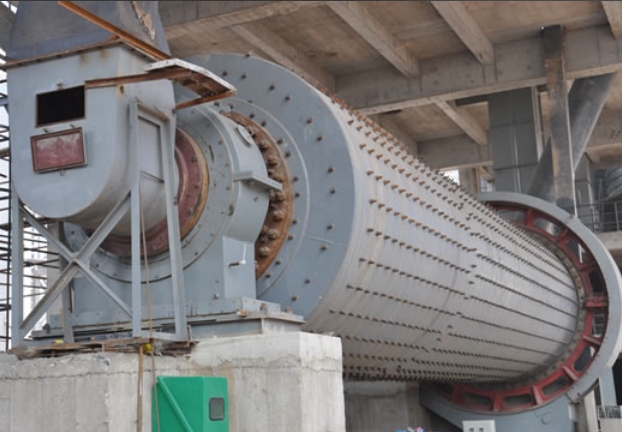Product FAQ
Cement ball mill with a production capacity of 80-100 tons per hour
In cement production, ball mills with a capacity of 80-100 tons/hour are considered medium-to-high-capacity equipment. Their technical parameters and system configuration directly impact grinding efficiency and energy consumption. Typical models include Ø3.2×13m and Ø3.5×13m, equipped with 710-1250kW motors. They feature a dual-chamber design, using a combination of stepped and graded liners to achieve coordinated coarse and fine grinding. This type of equipment balances grinding time and throughput by optimizing the aspect ratio (typically within 4:1), ensuring a finished product fineness of 380-450 m²/kg specific surface area.

Integrated energy-saving technologies are a core competitive advantage in this production capacity segment. Modern models utilize hydraulic couplings or permanent magnet direct drive systems instead of traditional reducers, reducing transmission losses by 15%-20%. When combined with a high-pressure roller press to form a combined grinding system, power consumption can be reduced to 26-28 kWh/t, representing over 30% energy savings compared to a single ball mill process. Notably, some manufacturers have introduced intelligent control systems to adjust grinding media grading and speed in real time, further controlling production capacity fluctuations within a ±2 ton/hour range.
In terms of application adaptability, 80-100 ton equipment can serve as the primary mill in small and medium-sized cement plants, as well as undertake secondary grinding tasks in large production lines. Its structural design is compatible with both circular and open flow systems. Circular flow mode, combined with a high-efficiency classifier, can increase production to 110 tons/hour; open flow mode is more suitable for producing specialty products such as low-heat cement. Maintenance is also exceptionally easy, with modular liner and compartment devices reducing replacement time to within 8 hours, significantly reducing downtime losses.
As the cement industry transitions toward a low-carbon economy, ball mills in this capacity range are continuously evolving through material innovation. The use of high-chromium alloy liners and ceramic composite grinding media can reduce wear by 40% while also avoiding iron contamination. In the future, deep integration with waste heat power generation systems may further solidify its irreplaceable position in the medium-scale grinding market.
Categories
News
Contact Us
Contact: XKJ GROUP
Phone: 0086 138 3714 0277
Tel: 0371-65751333
E-mail: sales01@xkjgroup.com
Add: Xing yang city, Zheng zhou city, Henan province, China